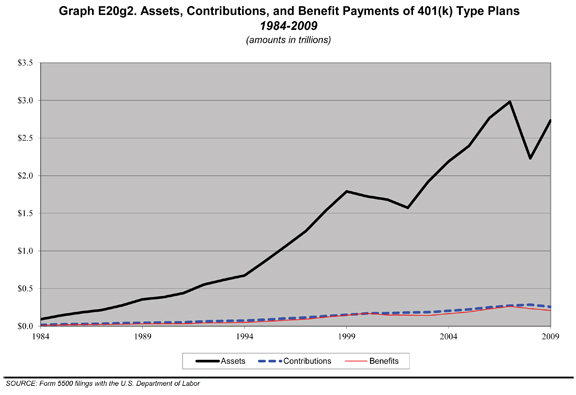Basic Finance Bootcamp Lesson 10: Introduction to 401Ks
This is the last of the official PoorDoctor.com basic finance bootcamp and we will spend it doing an introduction to 401Ks. However, this is not the last of the basic finance and investing posts. I think after this post, it is fair to say that you know at least as much as 98 percent of your colleagues about money. I am going to add more posts on important topics like insurance and more exotic investment and entrepreneurship strategies in coming posts. I’m even going to be the guinea pig for some of the things I am going to try (like foreign exchange trading) and PUBLISH MY RESULTS. You can read, if for no other reason, to watch me fail miserably at things I’ve never done (but learn something after each failure!) Today’s final post is about 401K plans. Did you know that you could contribute to 401K plans and actually have MORE money to spend on your paycheck? You’re going to want to read about this! This is how 401Ks work.
Many employers offer their employees the ability to participate in what is called a 401k plan, named after the section of the IRS code that authorized this type of plan, which allows the employee to make contributions to the plan out of pre-tax income. The employee can choose where his or her contributions will be invested from the list of eligible investments provided by the employer. These most often include a variety of mutual funds. Some plans may allow for a self-directed account, similar to a self-directed IRA, and investment in the stock of the company itself is often an option.
Often, an employer will match the employee contributions to some degree, although this is not a requirement, and some employers do not provide this benefit. For example, an employer might contribute $1 for every $2 an employee contributes to his 401k plan, in which case if the employee contributes $200 each pay period, the total investment in his account for that period will be $300.
In addition to specifying a list of investment vehicles into which employee contributions can be directed, employers establish eligibility requirements for plan participation. For example, an employee may have to work for the firm for a least a year before being eligible to participate; part-time employees may not be eligible to participate.
Regardless, when an eligible employee chooses to participate in an employer-sponsored 401k plan, his or her contributions are automatically deducted from each paycheck, pre-tax. This can actually leave the employee with more spendable income as illustrated in the two examples below:
Example 1: Gross pay = $3,000. Deposit $1,000 of your income after tax in a savings account. Tax rate = 28%.
Gross pay – tax = after tax income – savings = spendable income
$3,000 – $840 = $2,160 – $1,000 = $1,160
Example 2: Gross pay = $3,000. Invest $1,000 in your company’s 401k plan. Tax rate = 28%.
Gross pay – 401k contribution = taxable income – tax = spendable income
$3,000 – $1,000 = $2,000 – $560 = $1,440
Notice that although you have set aside the same amount for savings, by doing so in a 401k plan, you have $280 more to spend out of that paycheck. Now, tell me that isn’t worth the price of admission for this (free) bootcamp!
As with IRAs, there are limits to the amount an employee can contribute to a 401k plan in a given year. The 2012 limit was $17,000, or 100% of the compensation, whichever was less. Those 50 and older could contribute as much as $22,500 in 2012.
As is the case with a Classic IRA, any withdrawals are subject to a 10% penalty if the participant hasn’t reached the age of 59 ½. This being said, a participant who retires during the calendar year in which he reaches 55—or later–will not be subject to this 10% penalty. Also, as with the Classic IRA, withdrawals are fully taxed at whatever the tax rate of the contributor happens to be at the time of the withdrawals.
A self-employed individual with no employees might wish to establish an individual, or solo, 401k plan. These plans are similar to employer-sponsored plans. The primary difference is that as both employer and employee, you can make a contribution in both roles. For example, in 2012, you could make the maximum allowable employee contribution of $17,000, or 100% of your net self-employment earnings, whichever was greater. (Again, this amount was be $22,500 for those 50 or older.) In addition, you could contribute an amount equal to 25% of your net self-employment earnings in your role as employer.
An individual (solo) 401k allows for higher pre-tax contributions than would otherwise be possible, and earnings on these contributions will grow tax-deferred. The total maximum contribution to a solo 401k plan in 2012 was the lesser of $50,000 or the self-employment net earnings. As with all retirement plans, this contribution limit is subject to change.
So, that’s it for the poordoctor.com basic finance bootcamp. There will be far more interesting posts coming soon so stay tuned. As a reminder, if you like what you read, spread the word to friends, colleagues, and/or classmates. They will thank you for it. And, don’t forget to sign up for the newsletter!
 Send Buck a voice message!
Send Buck a voice message!




